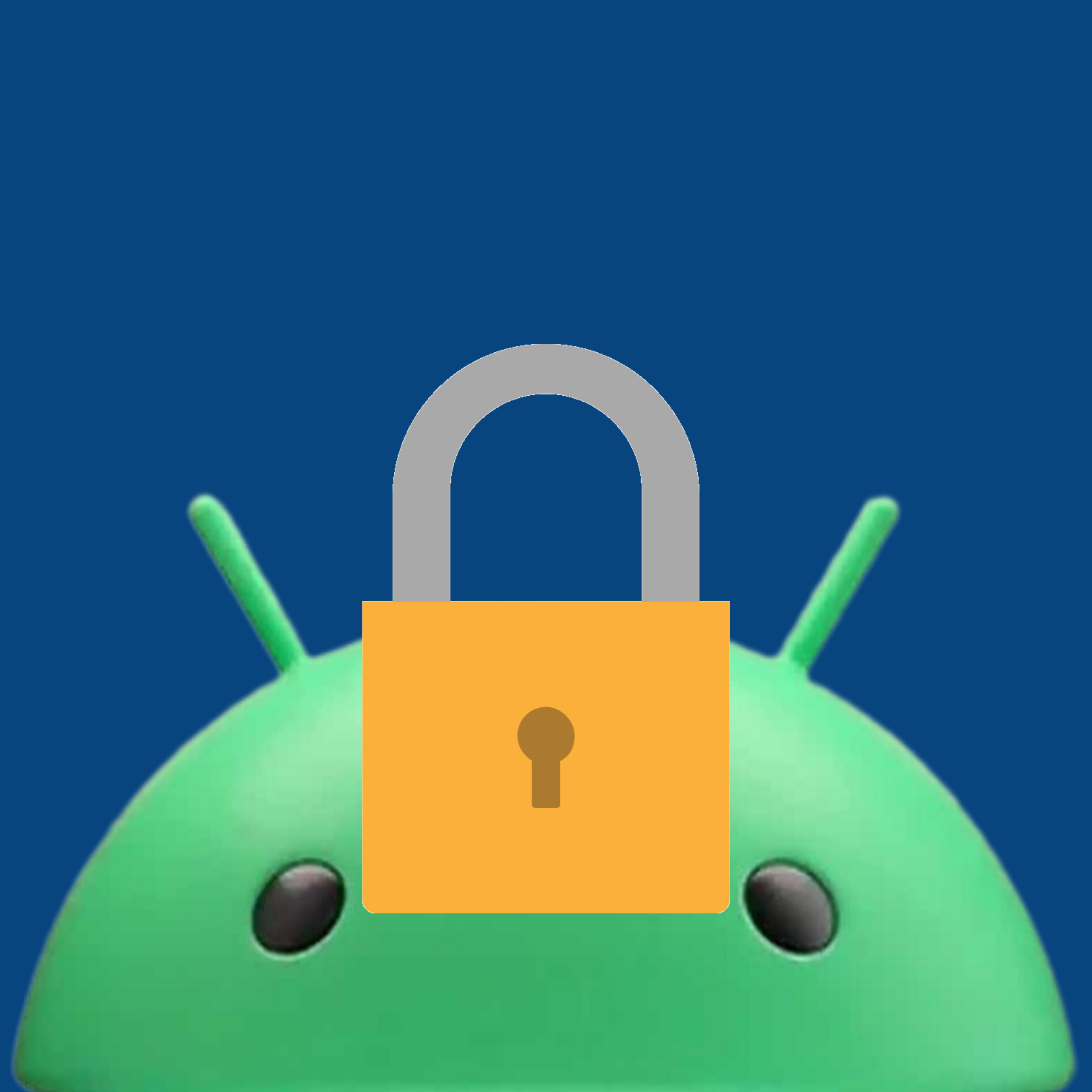

Out of curiosity, why do you need so much storage on mobile? Massive music library in FLAC or something?
I am totally content with 128GB. It’s enough that I’ll never run out of space for my usage. (Well, aside from photos, but those get backed up in full-resolution to Amazon Photos as part of my Prime subscription).
Granted, most of my media consumption is ebooks, which are tiny.




I pay whatever is needed to get the features I need, within reason. My current phone was ~$500 CAD (XPeria 10 V). It was the only narrow phone with good battery life at a reasonable price with 8 GB RAM at the time.